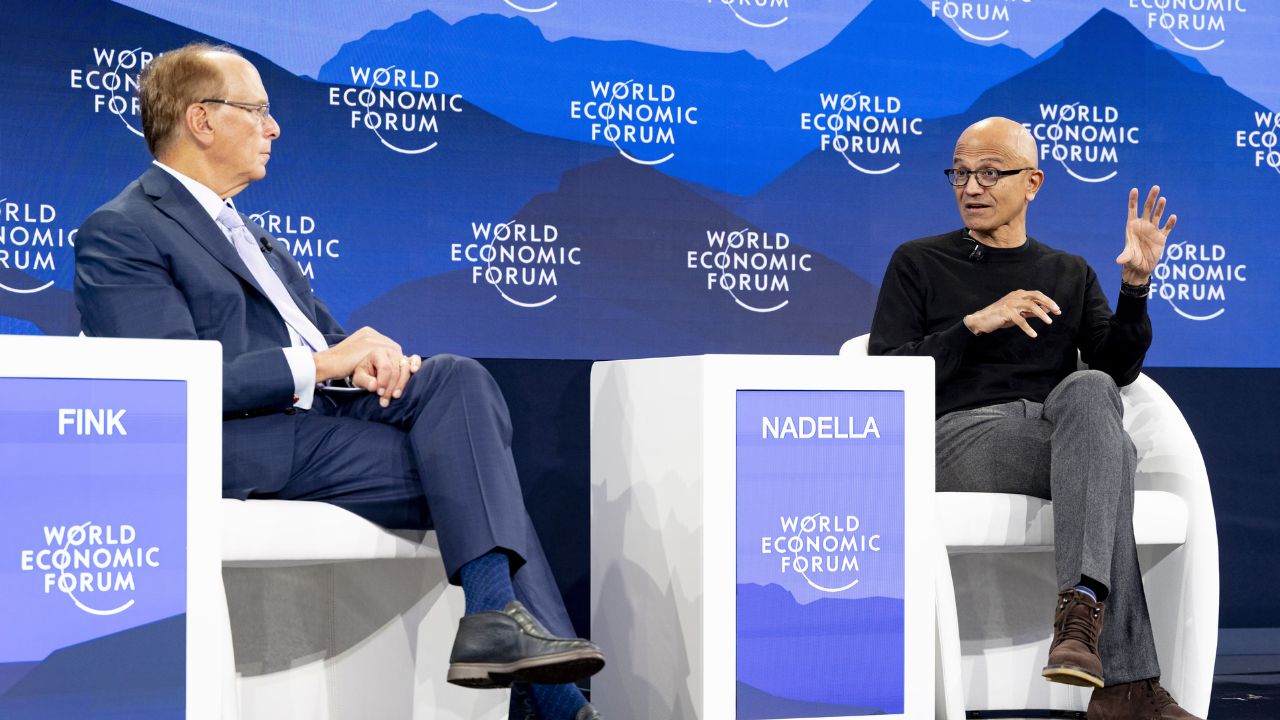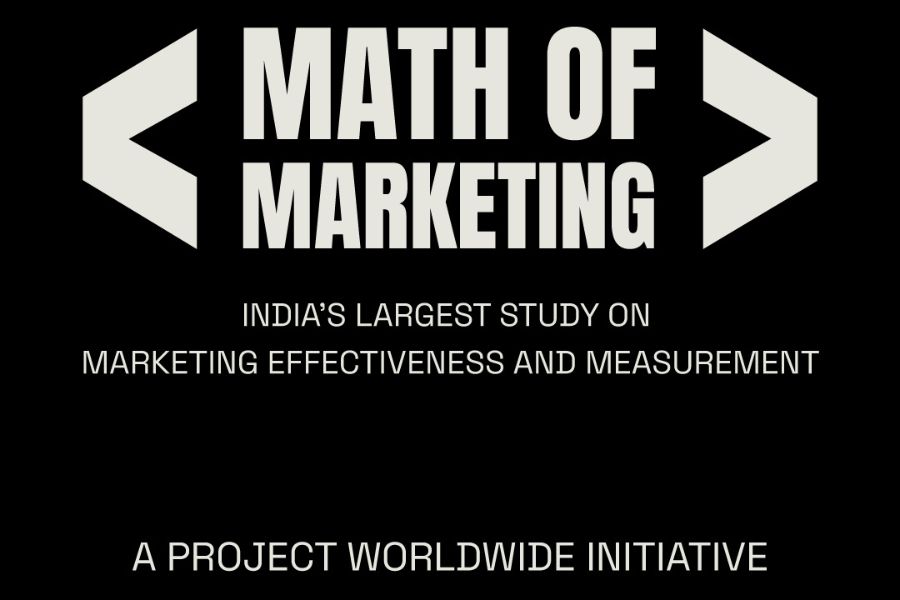In the fast-paced world of e-commerce, it is crucial for brands to stay ahead. The digital landscape is constantly changing, introducing amazing advancements in e-commerce advertising. These new strategies and tools boost visibility, engagement, and conversion rates like never before.
The top three game-changing tech developments in e-commerce advertising are generative artificial intelligence (Gen AI) and machine learning (ML) integration, dayparting strategies, and programmatic advertising. Each of these can significantly improve a company’s advertising performance.
However, brands need to select the most optimal strategy for their needs, which can keep changing. Let's look into each of these areas.
Gen AI and ML integration
Integrating Gen AI and ML into e-commerce advertising has transformed how businesses target their audience and optimise their ad campaigns. It empowers advertisers to analyse vast amounts of data, interpret consumer behaviour, and make real-time adjustments to their strategies.
Ad platforms leveraging AI can forecast the performance of various ad campaigns by analysing historical data and market trends. This enables businesses to allocate their budgets more effectively, focusing on high-performing campaigns and minimising wasteful spending.
A standout feature of gen AI integration is the ability to make real-time adjustments to ad campaigns. Platforms continuously monitor ad performance and utilise machine learning algorithms to tweak parameters such as bidding strategies, targeting options, and ad placements. This ensures that campaigns are always optimised for the best possible results, without constant manual intervention.
AI-driven insights provide personalised recommendations for ad creatives and messaging. By analysing consumer behaviour patterns, platforms can suggest modifications to ad copy, visuals, and call-to-action buttons that are more likely to resonate with the target audience. This personalisation leads to higher engagement and, ultimately, better conversion rates.
Dayparting strategies
Dayparting, or the practice of scheduling ads to run at specific times during the day or days of the week, has become an essential tool in e-commerce advertising. This strategy allows businesses to reach their target audience when they are most active and likely to convert, optimising ad spend and enhancing campaign effectiveness.
Dayparting boosts advertising efficiency by enabling advertisers to focus on peak times when their target audience is most active. This increases the likelihood of engagement and conversion, as ads are displayed when potential customers are online and ready to make purchases.
By avoiding off-peak times when user activity is low, businesses can reduce wasted ad spend. Dayparting helps allocate the budget more effectively, ensuring that ads are only shown during times of high potential return on investment.
Ad tech platforms with dayparting capabilities provide detailed performance data, allowing advertisers to analyse which times and days yield the best results. This data-driven approach helps refine dayparting strategies over time, maximising their impact.
Programmatic advertising
Programmatic advertising has transformed the e-commerce advertising landscape by automating the buying and selling of ad inventory. This approach leverages real-time bidding (RTB) to purchase ad space, allowing for highly targeted and efficient ad placements. Programmatic advertising enhances reach, improves ROI, and provides granular control over ad spend.
Platforms utilising programmatic advertising use sophisticated algorithms to bid on ad placements in real time. This ensures that ads are shown to the right audience at the right time, maximising the chances of conversion while minimising costs. Advertisers can set their parameters and budget, and the platform takes care of the rest.
Advanced ad platforms excel in audience segmentation, allowing advertisers to target specific demographics, interests, and behaviours. By leveraging data from multiple sources, detailed audience profiles are created that ensure ads are highly relevant to their viewers. This targeted approach leads to higher engagement and better ROI.
Despite the automation, ad platforms provide advertisers with full transparency and control over their campaigns. They offer detailed reports and dashboards that show exactly where ad spends are going and how each campaign is performing. Advertisers can adjust their strategies on the fly, ensuring they remain agile in a dynamic market.
The e-commerce landscape is constantly evolving, but businesses do not have to navigate the complexities alone. The future of e-commerce advertising is about agility, personalisation, and maximising return on investment.
By harnessing the power of ad tech platforms, leveraging the above-mentioned tech tools, and embracing the data-driven insights they provide, businesses gain a deeper understanding of their target audience and continuously refine their advertising strategies for long-term success.
Meher Patel is the founder of Hector AI.





